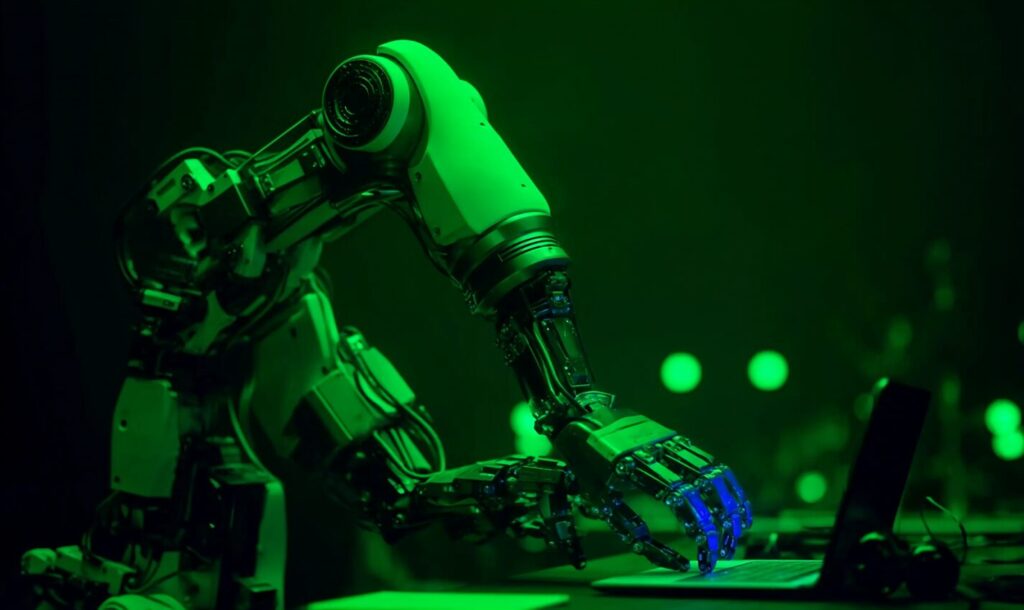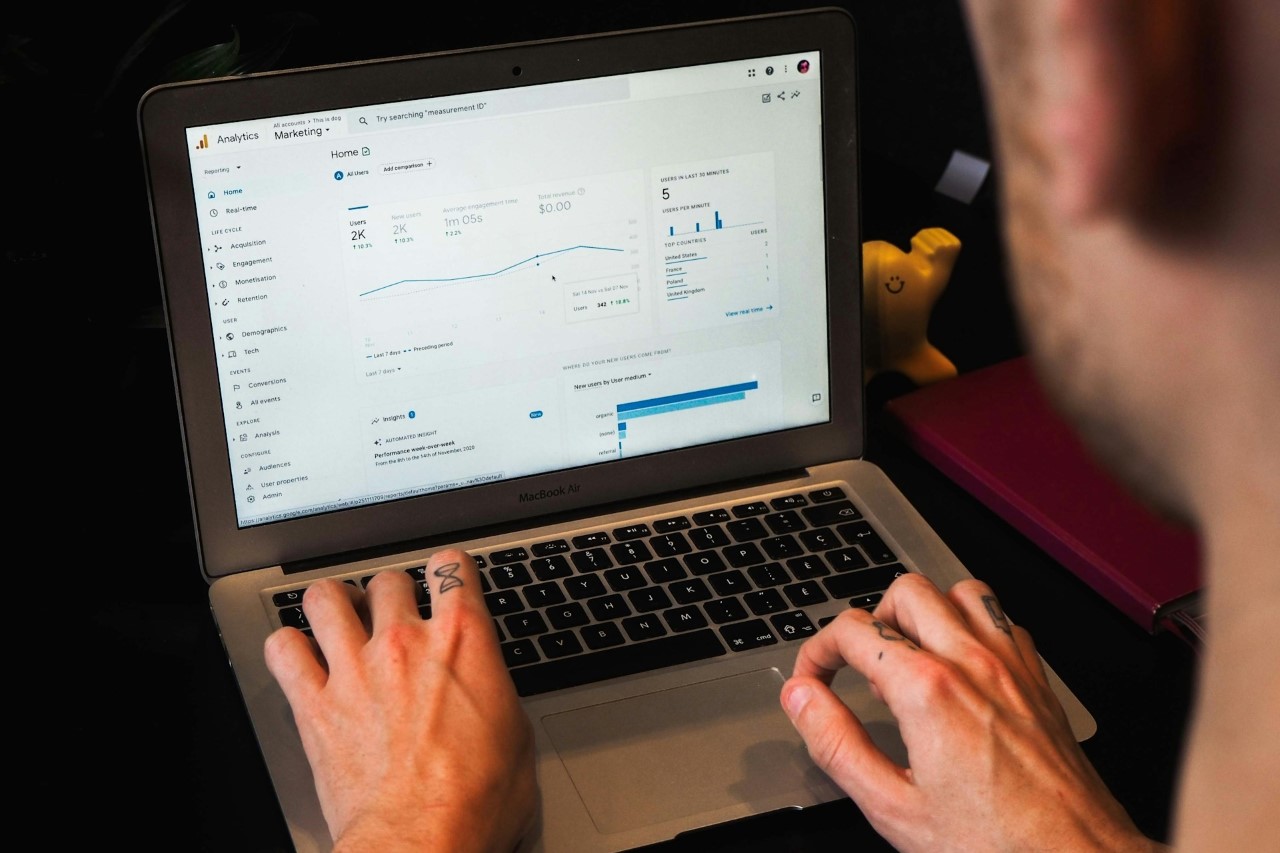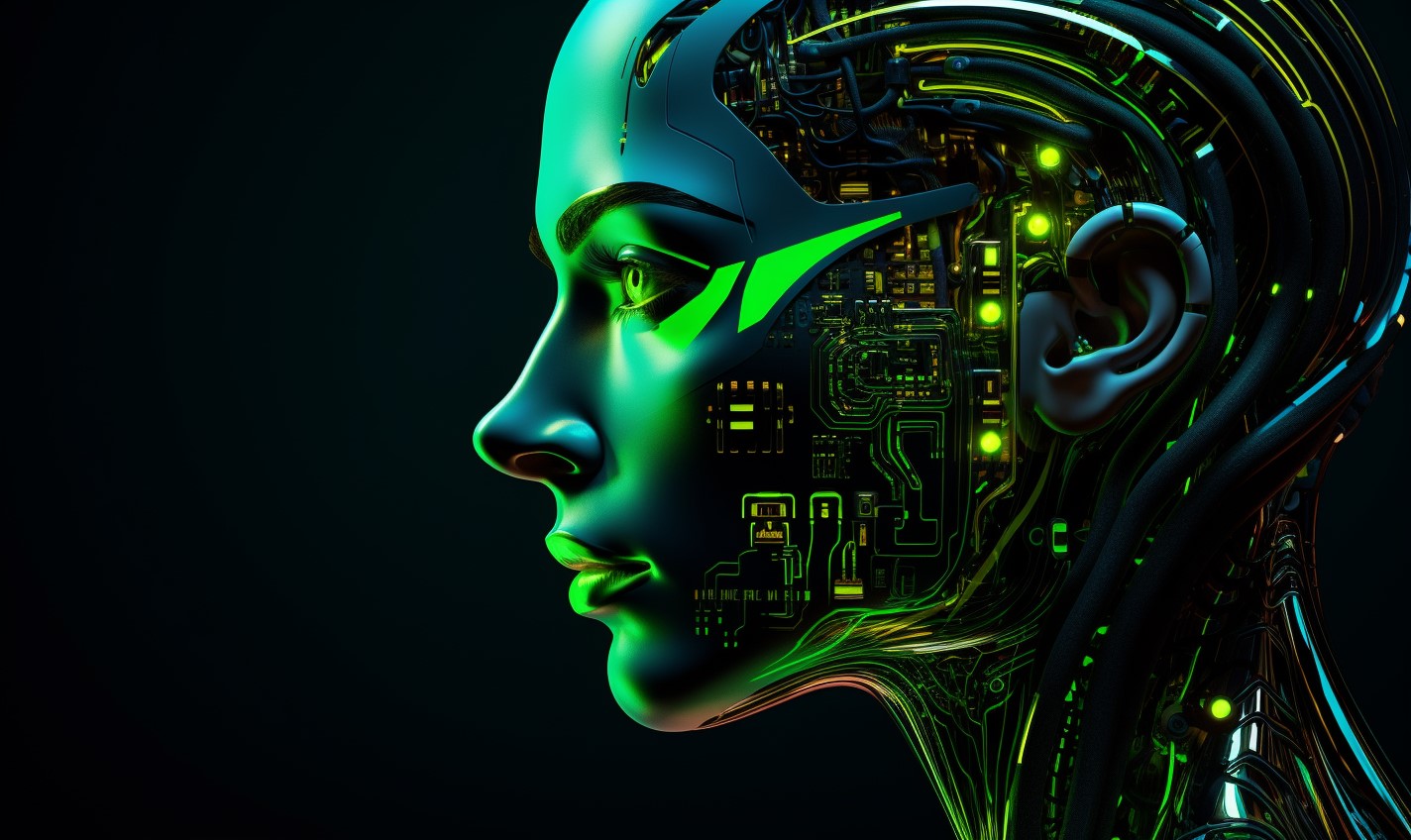You’ve probably heard the term big data a lot recently. It’s an area of technology and innovation that’s becoming more popular for businesses across the world. However, the concept can become confusing at times, so it’s important to break it down into smaller parts. So, what is big data technology exactly?
What Is Big Data Technology?
Big data is software that analyzes and processes information from overly complex and large data sets. Information has come a long way in terms of storage, so big data is essentially hardware that keeps up with the progress. Traditional data collection and processing would not be able to handle the newfound growth.
With big data, you will get more volume, velocity and variety than you would with traditional collection. Volume gives you more massive amounts of data your system can analyze — both structured or unstructured and semi-structured information. Velocity increases the speed at which these processes happen, and variety increases the kinds of data available to you.
The Specifics of Big Data Technology
Two types of big data technology exist. The first is operational, encompassing the standard, daily information that individuals use. Social media, online purchases and preferences all fall into this category. The second is analytical big data technology. Operational feeds the analytical, taking the information provided, and analyzing it. This analysis then translates into business decisions, driving profits.
Big data technology breaks down further into different fields:
- Data storage: Big data that helps store information since it can hold zettabytes — equivalent to 1 x 109 terabytes. Hadoop is an example of a data storage system, and IMB and Microsoft both use it.
- Data mining: Extracting new information out of databases. Facebook, Airbnb, and Netflix use Presto for some of their data mining.
- Data analytics: Helps businesses analyze their information to make company decisions. Kafka is an example of a data analytics company that Twitter, Spotify and LinkedIn use.
- Data visualization: Helps companies visualize their information for better actionable steps. Qlik and Cognos are examples of business intelligence companies that use Tableau for data visualization.
This breakdown shows the versatility of big data technology. However, these examples are merely the beginning, since it’s improving almost every area of business.
Examples of Big Data Technology Being Used Today
Many areas of business use various forms of information. Big data technologies come in and improve those areas drastically.
Predictive Analytics
Predictive analytics uses big data to influence business decisions. Various forms of information collection, like data mining, work with machine learning to extract details that can lead to better insight. This process could result in a knowledge of trends and consumer interests, which the business can use to change their trajectory.
Fraud Prevention
Part of this technology includes improved security. With predictive maintenance, big data technology can alert you when something needs fixed or replaced. From there, you’ll be able to patch any issues so that hackers can’t get in and steal information. This setup will protect customer data and prevent fraud.
Customer Experience
With better storage and analysis, companies can use big data technology to improve their customer experience. They can use it to gather more information on their customers or clients and understand their needs better. Then, they can personalize that data to provide a unique experience for each person.
Stream Analytics
Big data technology will help process and visualize information in real-time. Software with this technology can improve, collect and present larger amounts of data from several sources at once. This innovation will lead to better decision-making in the business as well as an understanding of consumer trends and behavior.
What Is Big Data Technology’s Future?
Big data improves every day and will continue to do so for the foreseeable future. Going forward, keep an eye on artificial intelligence (AI), blockchain and self-service capabilities. As businesses use automation and AI more, big data technology will integrate them more frequently.
Recent Stories
Follow Us On
Get the latest tech stories and news in seconds!
Sign up for our newsletter below to receive updates about technology trends




